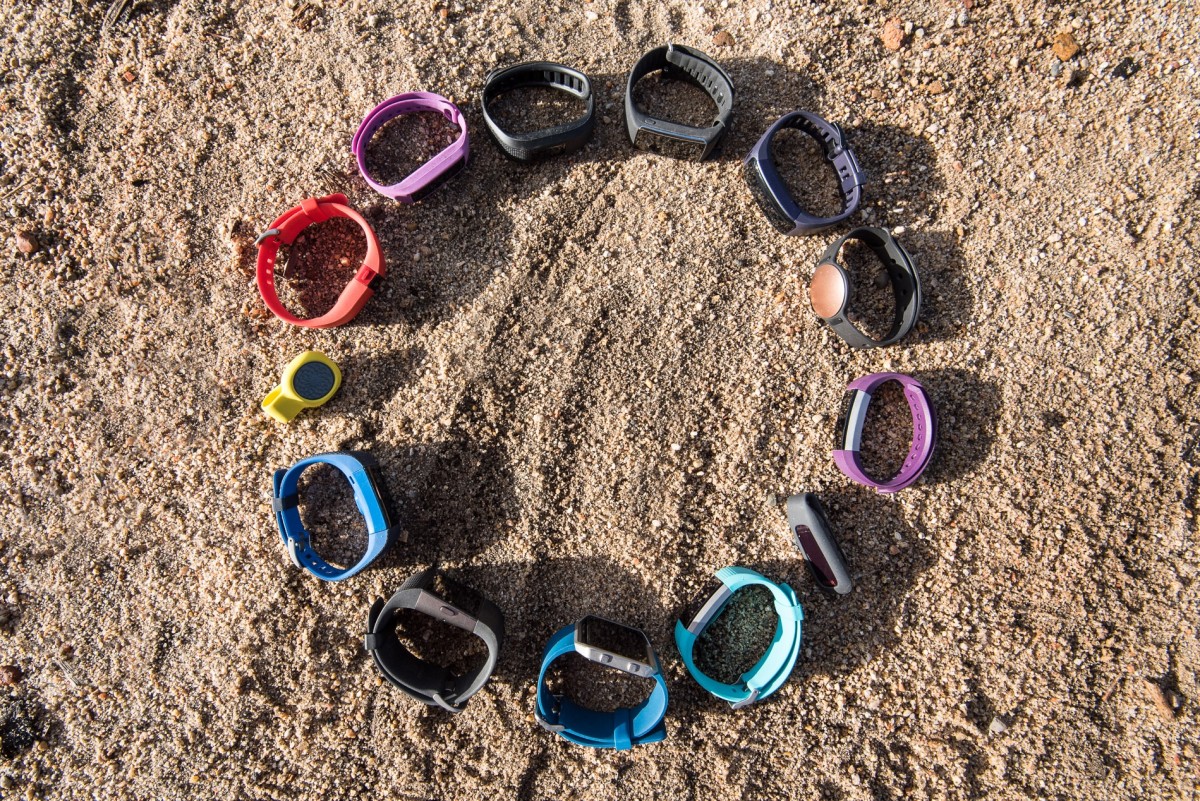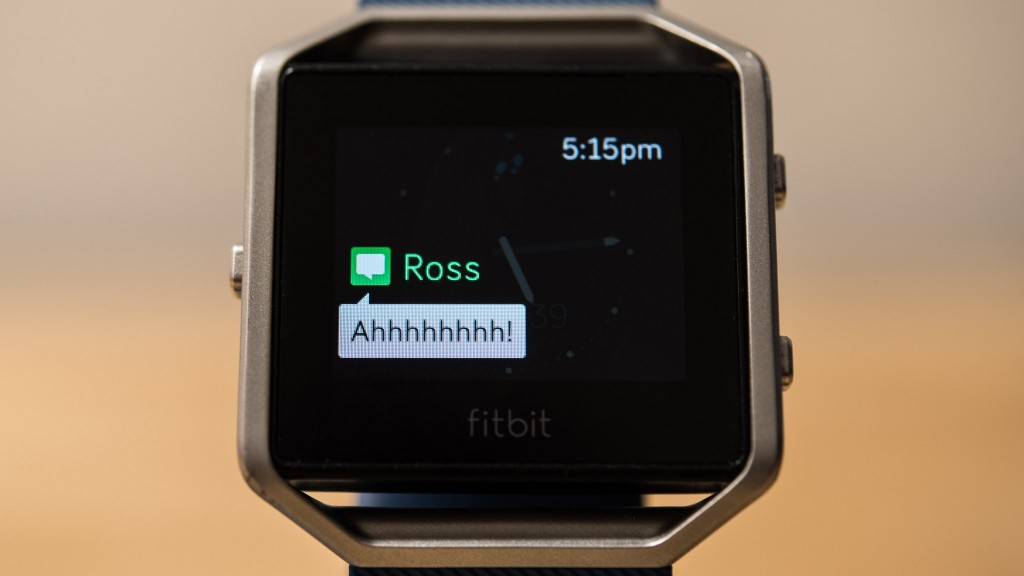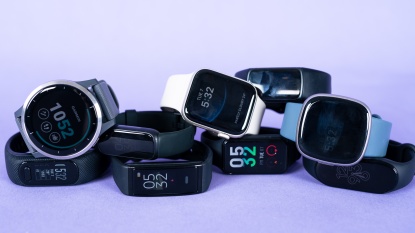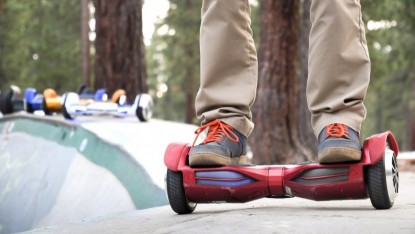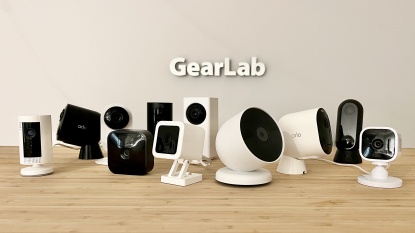Feeling lost amid the world of wearable tech? Wondering why people are obsessed with hitting 10,000 steps a day? Having a hard time finding the perfect tracker? After buying and testing 14 of the highest-rated models available, we put this guide together to help you select exactly what type of tracker is the best fit for your unique activity tracking needs. Keep reading below to find out what separates the different models, or take a glance at our comprehensive fitness tracker review to see the results of our test and to see which model is best to track them all.
What is a Fitness Tracker? Why Buy One?
As wearable technology, many different products have emerged to aid in tracking your physical activities, basic health information and other stats. A plethora of products exist to help with this, such as fitness trackers, smart watches, altimeters, or GPS Running watches — to name just a few. For this guide and corresponding review, we focused solely on fitness trackers. Our criteria for what constituted a fitness tracker-- devices that fulfilled the following criteria: dedicated to tracking daily steps and allowed you to participate with an online community to provide motivation. We discounted devices that had their own operating system or allowed you to install different apps on the device, feeling those models were smartwatches — though many of the fitness trackers can receive notifications from your phone for a text or call.
These products are great at providing motivation to get up and work out, through friendly challenges and competition, as well as allowing you to track your progress to see your trends over time. This is helpful in determining what workouts get your heart pumping the fastest or are burning the most calories, and to organize the different aspects of your training regiment. However, while the technology in these products have advanced tremendously, they still aren't perfect.
Wrist-based. Optical heart rate monitoring (the technology present in these products) inherently has some flaws measuring higher heart rates, and calories burned are calculated off a basic model using things like your height and weight. This means these products are not what you are looking for if you are doing very precise training, or are looking at using these for medical reasons, like working out at a specific heart rate zone or burning an exact amount of calories. In that case, you should consult your doctor or personal trainer to determine what equipment will work best for you.
Now it's time to look at the different types of fitness trackers currently available on the market, and determine which type is the best fit for you.
Types of Fitness Trackers
Clip-On
Heart Rate Monitoring
GPS
Specialized
Step 1: Looking to Boost Your Fitness?
There are a handful of basic trackers that are great for those just starting out with a new fitness regime, or for a desk-bound worker looking to add some more activity to their day. These basic models all will track your steps throughout the day, and offer some quick visual indicators of how close you are to the standard goal of 10,000 steps a day. We would recommend a tracker that is easy to use, one that offers reminders to get up and move, and one that has a vibrant online community, particularly a mix of competitive and non-competitive challenges.
This online community has the twofold benefit of providing a little extra motivation to get up and move — especially when you may not feel like it — and to help establish a habit of physical activity. In addition to these challenges and competitions, we would especially recommend a model that has reminders to get up and move after long sedentary periods for those who spend most of their day working at a desk.
Step 2: Performance Athlete?
You already do daily workouts, and have a schedule that you strictly adhere to, and are looking at boosting the sophistication of your training? Then you should consider what we refer to as a performance fitness tracker. These models have more features, and are consequently more expensive. In addition to basic step tracking, some of these models can track your heart rate to provide a rough guide to training by heart rate zone, as well as have GPS capabilities to log your route and speed.
These models can provide more detailed fitness metrics, such as V02 max, or Cardio Fitness Score. These performance models only provide estimates, albeit good estimates of heart rate, and various fitness metrics, and can only be truly determined by specialized equipments, usually found in sport science labs. However, these products are a great way to determine a rough idea of these scores and elevate your training to the next level — without paying exorbitant amounts of money to specialized labs or equipment.
Step 3: To Notify, or Not to Notify?
Many of us have a continuous stream of notifications sent our way, including text messages, emails, calls, calendar events, and alarms. For some it is critical that they remain constantly informed, even while working out. Others abhor this idea, and are content using their workout times as a brief refrain. Many of these models offer push notifications, either alerting you that something on your phone requires your attention, or even displaying a snippet of the message on the screen.
This can be a boon or bane, depending on your perspective, and you should pick a model that fits your taste accordingly.
Step 4: Accessories to Match Your Style?
Finally, the last aspect of these products to consider is style. While the majority of these are quite utilitarian by design, they are meant to be worn every day, and that means — a least for the fashion savvy among us — coordinating them with your style. Many of these models come in an attractive variety of colors, and some even have various bands or bangles available to completely conceal the tracker.
While we did rate the visual appeal of these products, aggregating the opinions of a diverse panel, it's ultimately up to you and your fashion sense to pick which brand matches your aesthetic the best.
Conclusion
While these products can help you improve your fitness and start living a healthier lifestyle, it really lies in your hands to make positive changes. The primary motivation has to come from you; These products can't force you to get out and be active, but they can provide a little extra motivation to help you through the lows and aid you in meeting (and hopefully exceeding!) your fitness goals. Interested in how a specific brand or model performs? Take a look at our best fitness tracker review for a breakdown of the top models out there and to find out which products excel and which ones fall flat.

